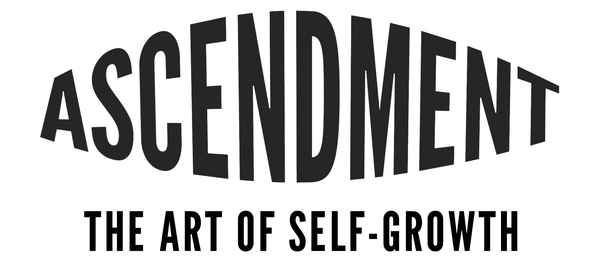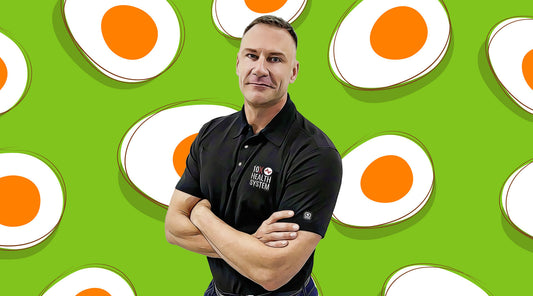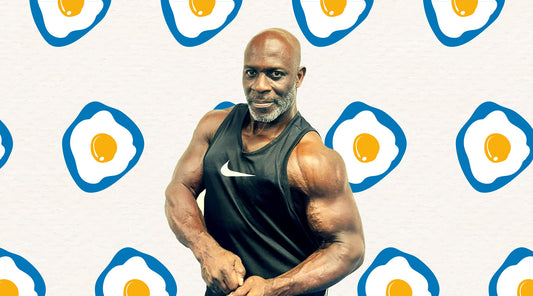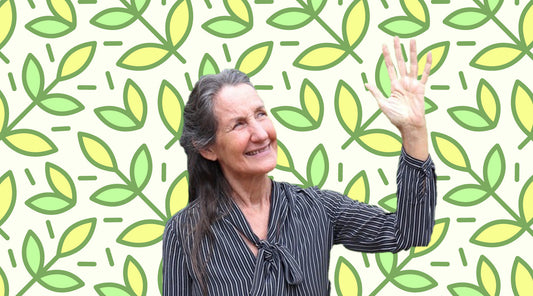Jim Kwik is a brain coach, writer and podcaster who teaches people how to optimize their cognitive performance. The brain expert talks about something called “Speed Learning”, but how exactly can we learn languages or information about different topics faster?
The American is an expert in speed-reading, memory improvement, and optimizing brain performance. He is the founder of Kwik Learning, which teaches people of all ages how to implement accelerated learning.
Jim Kwik endured a brain injury during his childhood which led him on his current path of helping others to optimize their brain performance. He says: “After a childhood brain injury left me learning-challenged, I made it my life's mission to create strategies to dramatically enhance mental performance.”
Nicknamed “the boy with the broken brain”, Kwik overcame adversity and did a complete 180 to become the world's leading memory and brain coach. For decades he’s worked with the world's top universities, CEOs, and celebrities.
Jim Kwik’s FAST Learning Method
Brain coach Jim Kwik created a speed learning method called “FAST” which enables people to learn topics and languages at a much faster rate than normal. The acronym FAST stands for Forget, Active, State, Teach.
When discussing his FAST method, Kwik says: “I want you to right now think of a subject or skill that you just want to learn fast. You want to learn it rapidly at an accelerated rate. You want to learn faster so you can achieve faster. How can we learn faster? I want you to remember four letters: F-A-S-T. F-A-S-T. Fast.”
Forget
The first stage in Jim Kwik’s FAST speed learning method is to “forget”. The brain expert says we need to try and forget everything we already know about a subject and approach learning about it with a completely fresh mindset.
He explains the first stage stating: “The F stands for Forget…you want to forget what you already know about the subject so you can learn something brand new. Often, a lot of people don't learn faster because they feel like their cup is full, and they feel like they know it already. So always remember to start with a beginner's mind.”
Kwik also believes when learning a new language or subject we need to minimize distractions and forget what’s going on in the world around us. This allows you to be in the present moment and focus solely on what you want to learn about. He says: “You're only using a fraction of your own potential if you're distracted.”
Active
The second stage in this speed learning technique is referred to as “active”. Kwik recommends getting fully involved in learning about your chosen subject. You must take an active approach to learning rather than the traditional passive approach.
He explains this stage of his method stating: “One of the challenges is that our schools trained us to be very passive. Sit quietly by yourself, be lectured to, just consume information, but your brain doesn't learn based on consumption. It learns through creation, and so learning is not a spectator sport. You have to get involved. You have to take great notes. You have to ask lots of questions. There are so many things you can do to be more active.”
He continues: “There's so much information out there, but if you feel like you're stressed, like you can't keep up, here's the thing—it's not your fault. You know why? It's because we all grew up with a 20th-century education that prepared us for a 20th-century world, which at the turn of the century was working in factories and farms. But now we live in an age of autonomous electric cars and spaceships that are going to Mars, but our vehicle of choice when it comes to learning is like a horse and buggy.”
Kwik believes one of the keys to learning faster is to be as active as possible. Interact with other people on the subject, teach people what you’ve learnt so far, approach experts on the subject, read books, watch videos, take notes, test yourself, really engage yourself with your chosen subject.
State
The penultimate stage in this speed learning method is “state”. This refers to altering the state or mood you’re in when partaking in learning. The more enthusiastic, excited and curious you are about learning a topic the more likely you are to retain the information.
Jim Kwik says: “The S in FAST stands for State. What do I mean by state? I mean the current mood of your mind and your body because here's the key to a better memory: information combined with emotion becomes a long-term memory.”
He continues: “What do I mean by that? Is there a song, fragrance, or food that could take you back to when you were a child? Of course, because information combined with that emotion becomes a long-term memory.”
The brain coach believes that we forget a lot of what we were taught at school because we were mostly in a state of boredom. We were often passively learning about subjects that we had little interest in or was of little use to us in the real world.
Kwik recommends you get into a state that combines enthusiasm and curiosity. Getting into this childlike state will increase the amount of information you retain. He explains: “How do you get into that state of curiosity? Of excitement? Who are the fastest learners on the planet? They're children, right? Children have this wonder.”
Teach
Finally, the T in the FAST method stands for “teach”. When you learn information and then teach others what you have learnt you are far more likely to retain that information. Firstly, you will have learnt about the topic adequately enough to articulate what you’ve learnt, you will also put your own unique spin on how you communicate the information, plus you will have the memory of telling someone this piece of information which will again jog your memory and help you to retain the information.
Jim Kwik explains: “If you want to learn any subject or skill faster, learn it as if you're going to teach it to somebody else. Because when you're learning it to teach it, you're going to pay attention differently. Then you're going to make it your own. Then you're going to remember it differently because here's the thing: when you teach something, you get to learn it twice.”
Speed Learning Summary
Jim Kwik is the world’s leading brain coach. He went from enduring a brain injury as a child to becoming an expert in speed-reading, memory improvement, and optimizing brain performance. He’s worked with a wide variety of universities, CEOs, and celebrities to improve their brain performance, memory and ability to learn.
The brain expert’s preferred method of speed learning is called the FAST method. This acronym stands for:
- Forget
- Active
- State
- Teach
Forget: The first stage is forgetting everything you know about a subject and looking at it with fresh eyes and ears. It’s also about forgetting about and getting rid of distractions.
Active: Stage 2 is about getting as involved as you possibly can with learning your chosen subject. Don’t be passive, utilize many different ways to learn new information.
State: The next stage involves getting in a state of enthusiasm about your chosen subject. Approach learning in a childlike manner with complete curiosity.
Teach: The final stage is teaching others what you’ve learnt about the topic. This makes it more likely that you will retain the information you’ve learnt.
When you start learning a new subject remove any limiting self-beliefs and barriers that could hinder your learning. Jim Kwik says: “Regardless of your age, your background, or your education, you're just not taught how to do it. If anything, you were taught a lie—a lie that somehow your intelligence, your memory, your learning is somehow fixed like your shoe size, but we know that your learning is absolutely limitless. So set your limitations aside and forget about them.”






